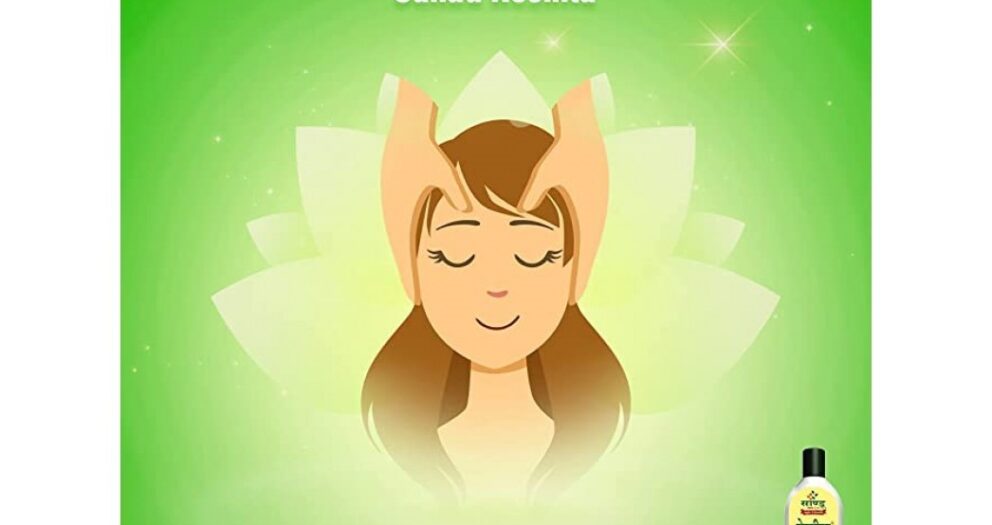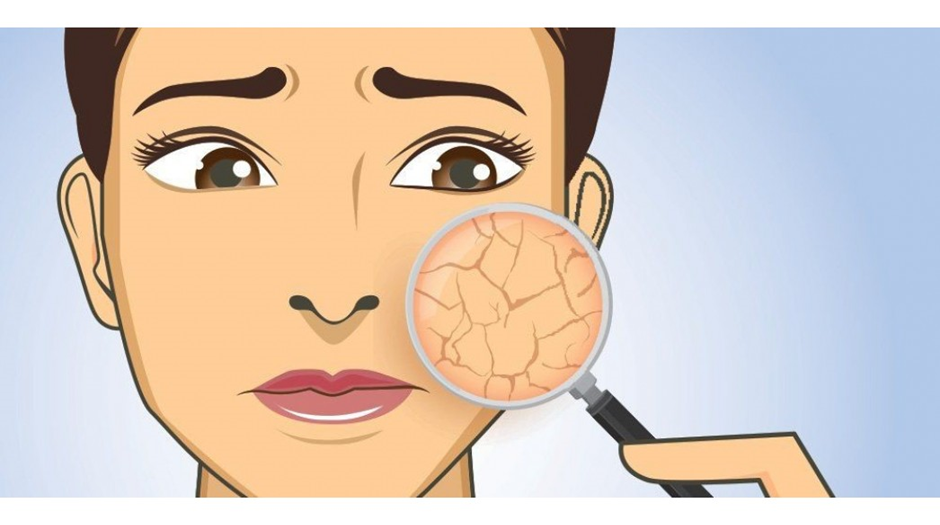KNOW YOUR PRAKRUTI
KNOW YOUR PRAKRUTI
The Ayurvedic concept of Prakriti is helpful in maintaining health, understanding disease and its management. Analysing your own Prakriti helps you know about your body and its requirements. It will help to maintain a good and balanced personal, family and professional life. It helps to plan your lifestyle, diet etc according to your body requirements. So, Take a look at the questionnaire.
A = VATA, B = PITTA, C = KAPHA
HOW IS YOUR:
Body:
- Lean & tall body
- Average weight & medium built
- Plump, delicate & well built
Skin:
- Rough with tendency to darken
- Clear, smooth with excessive red skin, freckles, pimples & black moles
- Bright, smooth & attractive
Nails
- Rough, dry irregular, cracked
- Glossy & red
- Long, thick, smooth & appear white
Lips:
- Dry & thin having a dark tone
- Glossy and reducing
- Thick & full lips having glossy & smooth
Hair:
- Rough, dry & break easily
- Early greying
- Pleanty, thick & glossy
Joints:
- Prominent with cracking noise on movement
- Medium, not too defined
- Strong & compact
Body Strength:
- Weak
- Moderate
- Strong
Body Temperature:
- Intolerance to Cold temperature
- Intolerance to Hot temperature
- Normal
Sweating:
- Seldom with no odor
- Excessive with foul odor
- Normal with peculiar smell
Walk:
- Quick & light gait
- Normal gait
- Slow & steady gait
Appetite:
- Poor eater & irregular appetite
- Voracious eater & strong appetite
- Slow eater & poor appetite
Digestive Fire:
- Irregular
- Powerful
- Weak
Bowel Conditions:
- Irregular
- Loose
- Regular
Speech:
- Very fast
- Sharp
- Slow & resonant
HOW ARE YOUR:
Moods:
- Quick to like & dislike & highly irritable
- Quick to temper & recovery
- Slow temper
Stress Tolerance:
- Poor stress tolerance
- Low stress tolerance
- Calm, low irritability & patient
Memory:
- Irregular, short term- excellent, long term-weak
- Powerful
- Long term-good
Sleep:
- Interrupted
- Normal
- Excessive
Grasping power:
- Very fast
- Quick
- Slow
Out of these three options select only one.
Each question will carry 1 point.
All option A will correspond to Vata. Similarly option B for Pitta and option C for Kapha.
After receiving all answers, calculate how many times each option is selected.
Body type corresponding to option selected for highest times will be your Prakruti.
eg. Out of 41 questions,
If person selects option A 18 times, option B 12 times and option C 11 times then his Prakruti will be Vata type.
If person selects option A 7 times, option B 20 times and option C 14 times then his Prakruti will be Pitta type.
If person selects option A 9 times, option B 10 times and Option C 21 times then his Prakruti will be Kapha type.
In case of tie for first two positions, then his body type will be of two doshas.
If final score for Option A (Vata) and Option B (Pitta) is same (eg 15 for each one) and for Option C is 11; then he will have Vatapitta Prakruti.
If final score for option B(Pitta) and Option C(Kapha) is same then his Prakruti will be PittaKapha.
If final score for option A(Vata) and option C(Kapha) is same then Prakruti will be Vatakapha.
According to indivisual's Prakruti Do's and Dont's are displayed in Sandu Arogyadarshika.
PLEASE FEEL FREE TO COMMUNICATE FOR ANY QUERY
@ Dr. Sandu - medicalcell@sandu.in











